Golf Ball Retrievers: Tips for Maximizing Efficiency on the Course
Golf is a sport that combines skill, strategy, and a deep appreciation for the beauty of the game. One aspect of golf that can sometimes be overlooked, however, is the simple task of retrieving golf balls.
Whether you’re a professional golfer or a weekend enthusiast, having an efficient method for retrieving golf balls can save you time, reduce frustration, and ultimately enhance your enjoyment of the game.
The Importance of Golf Ball Retrievers
Why Use a Golf Ball Retrievers?
Golf ball retrievers are essential tools for many golfers. They serve multiple purposes, such as saving money by recovering lost balls, speeding up play by reducing the time spent searching for balls, and preserving the environment by preventing the accumulation of lost balls in natural habitats.
Additionally,Golf Ball Retrievers can help prevent injuries by reducing the need to bend or stretch awkwardly to reach balls in difficult spots.
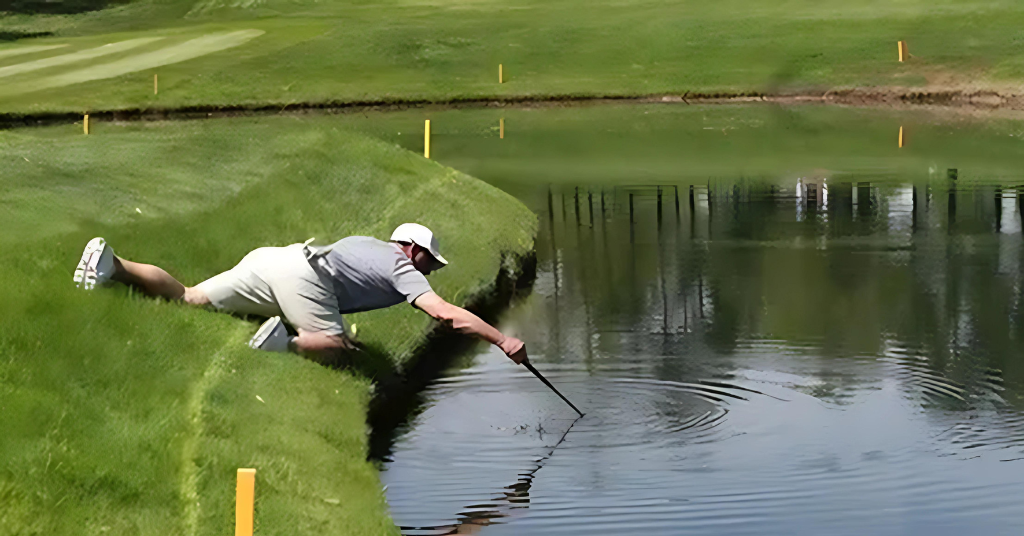
Types of Golf Ball Retrievers
There are various types of Golf Ball Retrievers available, each designed to suit different needs and preferences.
The main types include telescopic retrievers, hinged cup retrievers, and suction cup Golf Ball Retrievers.
Telescopic Golf Ball Retrievers are adjustable in length and can extend to great distances, making them ideal for reaching balls in water or deep rough.
Hinged cup Golf Ball Retrievers feature a cup mechanism that traps the ball securely, while suction cup retrievers use a vacuum-like action to pick up the ball.

Choosing the Right Golf Ball Retriever
Factors to Consider
When selecting a golf ball retriever, consider factors such as length, weight, durability, and ease of use.
The length of the retriever is crucial, as it determines how far you can reach to retrieve balls.
A lightweight retriever is easier to carry and maneuver, while durability ensures that the retriever will last through many rounds of golf.
Ease of use is also important, as a retriever that is difficult to operate can be more frustrating than helpful.
Top Brands and Models
Some of the top brands in the market for golf ball retrievers include Callaway Golf Ball Retriver, I Gotcha Retriver, and Orlimar.
The Callaway 15th Club retriever is known for its long reach and sturdy construction.
The I Gotcha retriever is highly popular due to its compact design and ease of use.
The Orlimar Fluorescent Head retriever features a bright head for easy visibility and a secure trapping mechanism.
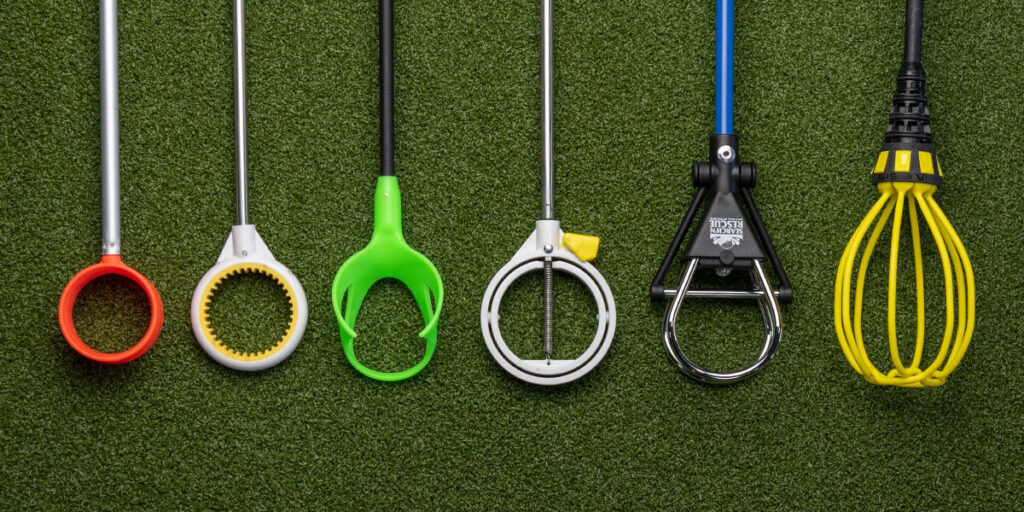
Maximizing Efficiency with Your Golf Ball Retriever
Proper Technique
Using a golf ball retriever effectively requires proper technique. Start by extending the retriever to the desired length and positioning it directly over the ball.
For telescopic retrievers, gently push down on the ball until it is secured in the retriever’s head.
For hinged cup and suction cup retrievers, position the cup over the ball and apply slight pressure to trap or suction the ball into the retriever.
Practice Makes Perfect
Like any golf skill, using a retriever efficiently takes practice. Spend some time practicing with your retriever off the course to get a feel for its operation.
This will help you become more adept at using it during your rounds and reduce the time spent retrieving balls.
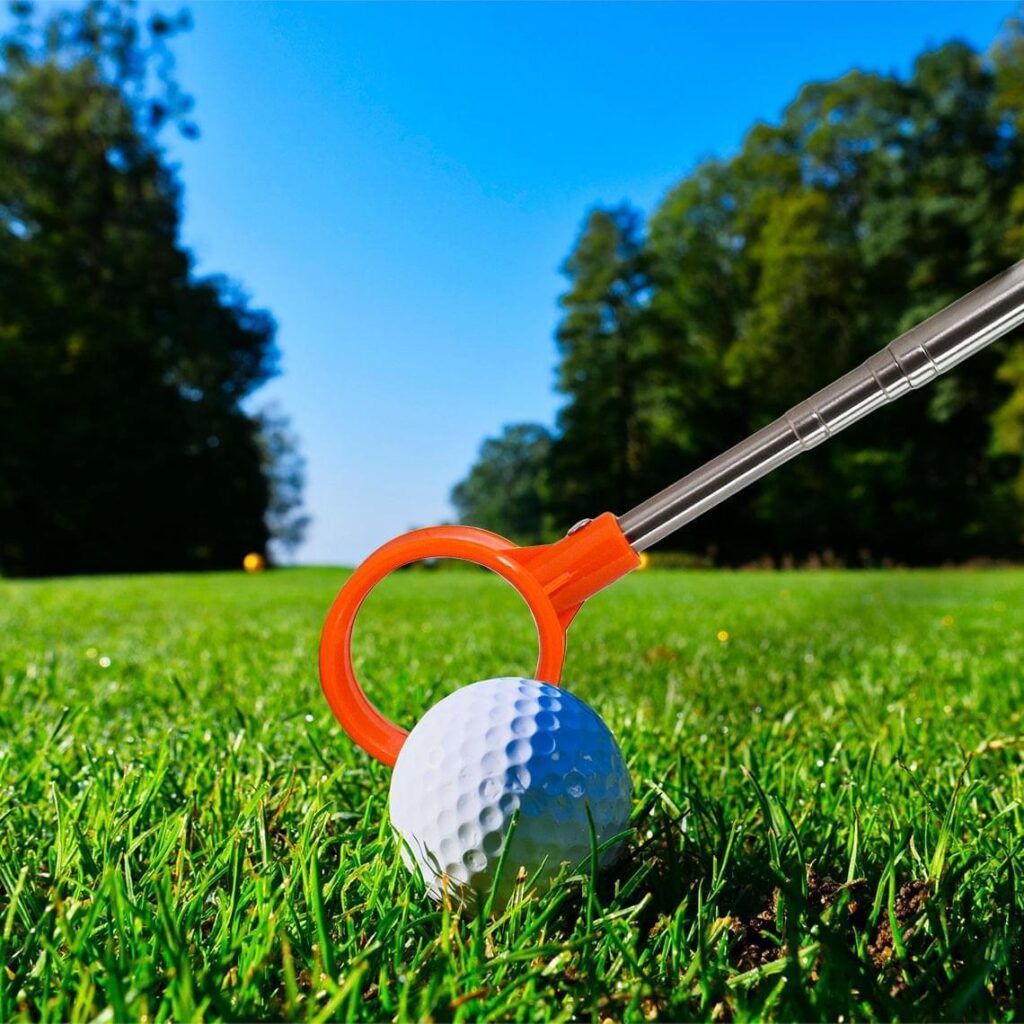
Strategic Placement
Strategic placement of your golf ball retriever in your bag can also enhance efficiency.
Keep the retriever in an easily accessible pocket or compartment so that you can quickly grab it when needed.
This reduces the time spent fumbling through your bag and allows you to focus on your game.
Advanced Tips for Golf Ball Retrieval
Navigating Water Hazards
Water hazards are one of the most common places where golf balls are lost.
To efficiently retrieve balls from water, look for areas where the water is shallow or where balls are likely to accumulate, such as near the edges or in corners.
Use a long telescopic retriever to reach into the water without getting wet.
Be patient and use a gentle touch to avoid disturbing the water too much, which can make it harder to see the balls.
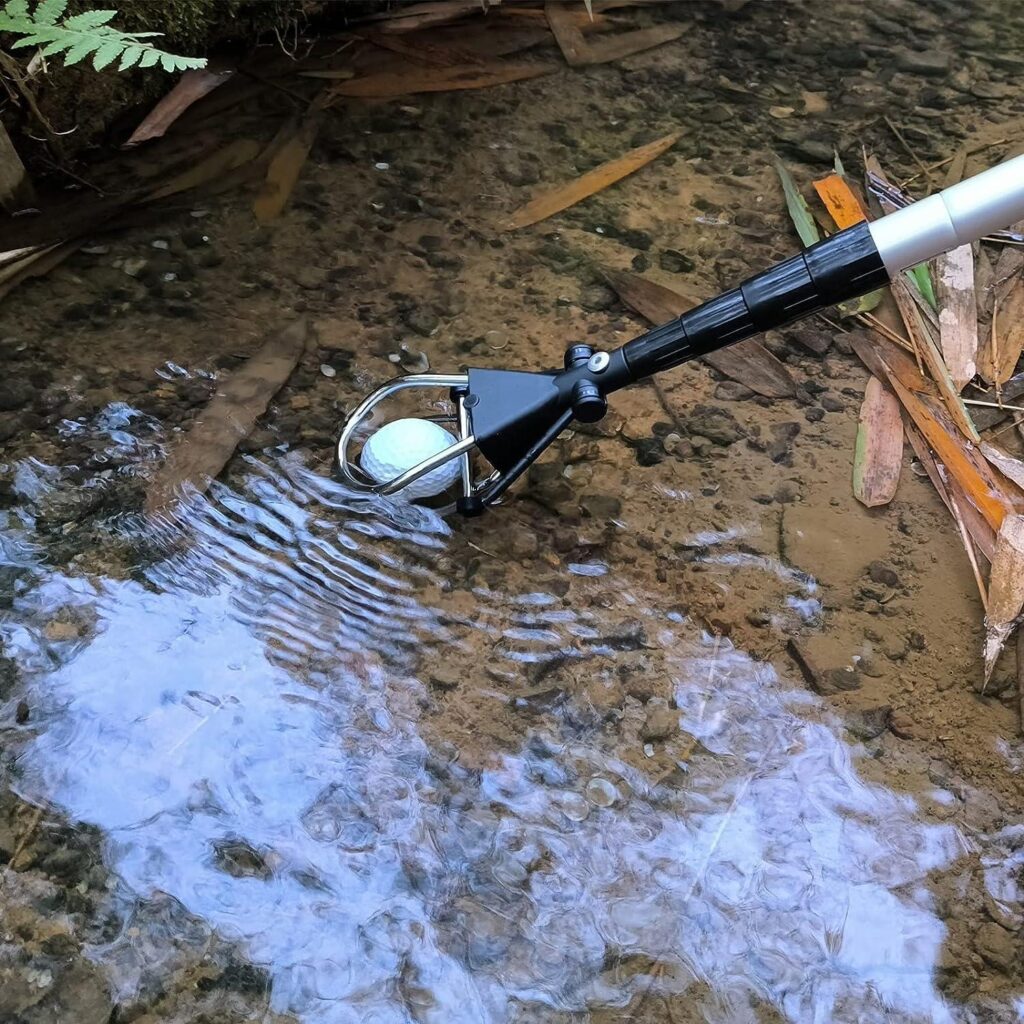
Retrieving from Dense Rough and Bushes
Dense rough and bushes can be tricky areas for retrieving golf balls. Use a retriever with a bright head or reflective tape to improve visibility.
Extend the retriever fully and gently probe the area until you feel contact with the ball.
Take your time to avoid damaging the retriever or losing the ball further into the rough.
Winter and Off-Season Retrieval
Winter and off-season can be prime times for retrieving golf balls, especially if you’re looking to build up your stockpile for the coming season.
During these times, foliage is often less dense, making it easier to spot and retrieve balls.
Use this opportunity to practice your retrieval skills and potentially recover a significant number of balls.
Maintenance and Care of Golf Ball Retrievers
Cleaning Your Retriever
Regular cleaning is essential to maintain the efficiency of your golf ball retriever.
After each round, wipe down the retriever with a damp cloth to remove dirt, grass, and other debris.
For telescopic retrievers, make sure to extend and retract the segments to ensure they are clean and move smoothly.
Inspecting for Damage
Inspect your retriever regularly for any signs of damage, such as cracks, bends, or loose parts.
Addressing these issues promptly can prevent further damage and ensure that your retriever remains reliable.
If any parts are severely damaged, consider replacing them or purchasing a new retriever.
Storing Your Retriever
Proper storage of your golf ball retriever can extend its lifespan. Store it in a cool, dry place away from direct sunlight and extreme temperatures.
Avoid leaving it in your golf bag for extended periods, as this can lead to wear and tear. Instead, store it separately in a protective case or designated area.

Golf Ball Retrieval Etiquette
Respecting the Course
While retrieving golf balls, it’s important to respect the golf course and its rules.
Avoid damaging the grass, greens, or other course features while using your retriever.
Always follow the course’s guidelines for ball retrieval, especially in sensitive areas like water hazards and natural habitats.
Being Considerate of Other Players
Golf is a social sport, and being considerate of other players is crucial.
Avoid retrieving balls during someone else’s shot, and be mindful of the pace of play.
If you’re playing in a group, coordinate with your fellow players to retrieve balls quickly and efficiently without disrupting the flow of the game.
Leaving No Trace
After retrieving golf balls, ensure that you leave the area as you found it.
This includes filling any divots, smoothing disturbed sand in bunkers, and disposing of any trash.
Leaving no trace helps maintain the beauty and integrity of the golf course for everyone to enjoy.

Environmental Impact of Golf Ball Retrieval
Reducing Environmental Footprint
Retrieving lost golf balls can have a positive impact on the environment by reducing waste and preventing pollution.
Golf balls that are left on the course can degrade over time, releasing harmful chemicals into the soil and water.
By retrieving and reusing golf balls, golfers can contribute to a cleaner and healthier environment.
Recycling and Reusing Golf Balls
Recycling and reusing golf balls is an effective way to minimize their environmental impact.
Many companies specialize in refurbishing used golf balls, which can then be sold at a lower cost.
Consider donating your retrieved golf balls to these companies or using them for practice rounds to extend their lifespan.
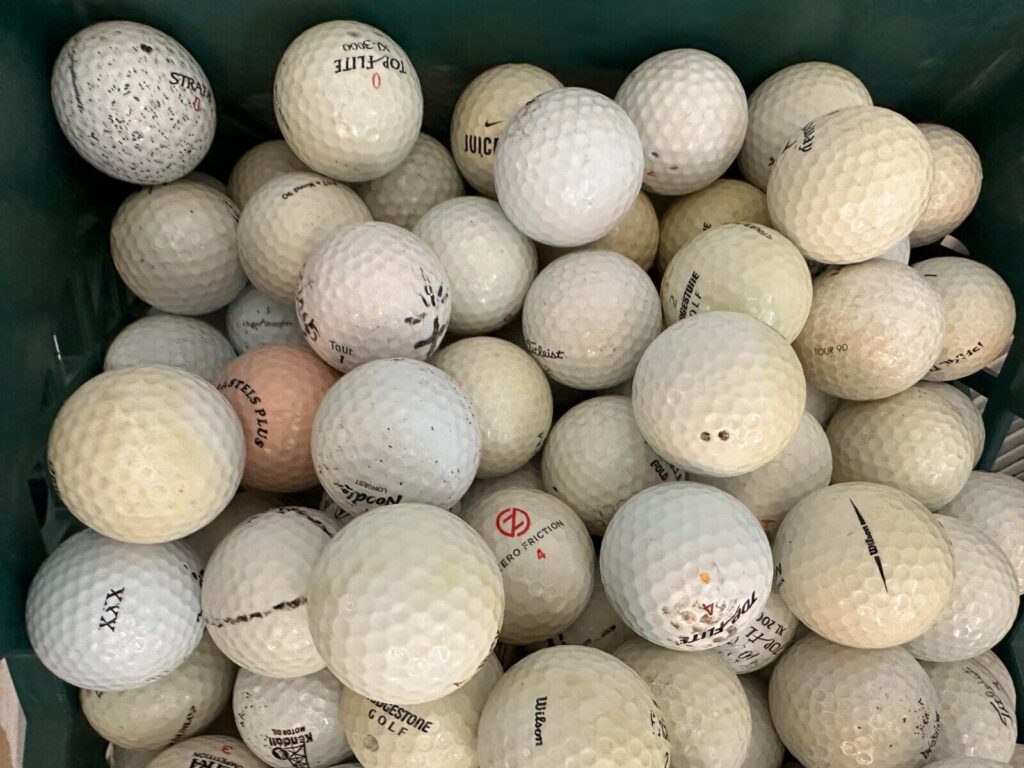
Supporting Sustainable Practices
Supporting sustainable practices in golf extends beyond ball retrieval. Choose eco-friendly golf balls and equipment, participate in environmentally friendly golf courses, and advocate for sustainable practices within the golfing community.
By making conscious choices, golfers can help protect the environment and promote a more sustainable future for the sport.
Technological Innovations in Golf Ball Retrieval
Advanced Retriever Designs
Technological advancements have led to the development of more efficient and user-friendly golf ball retrievers.
Modern designs often feature lightweight materials, ergonomic handles, and innovative mechanisms for trapping and retrieving balls.
These advancements make it easier for golfers to retrieve balls quickly and efficiently.
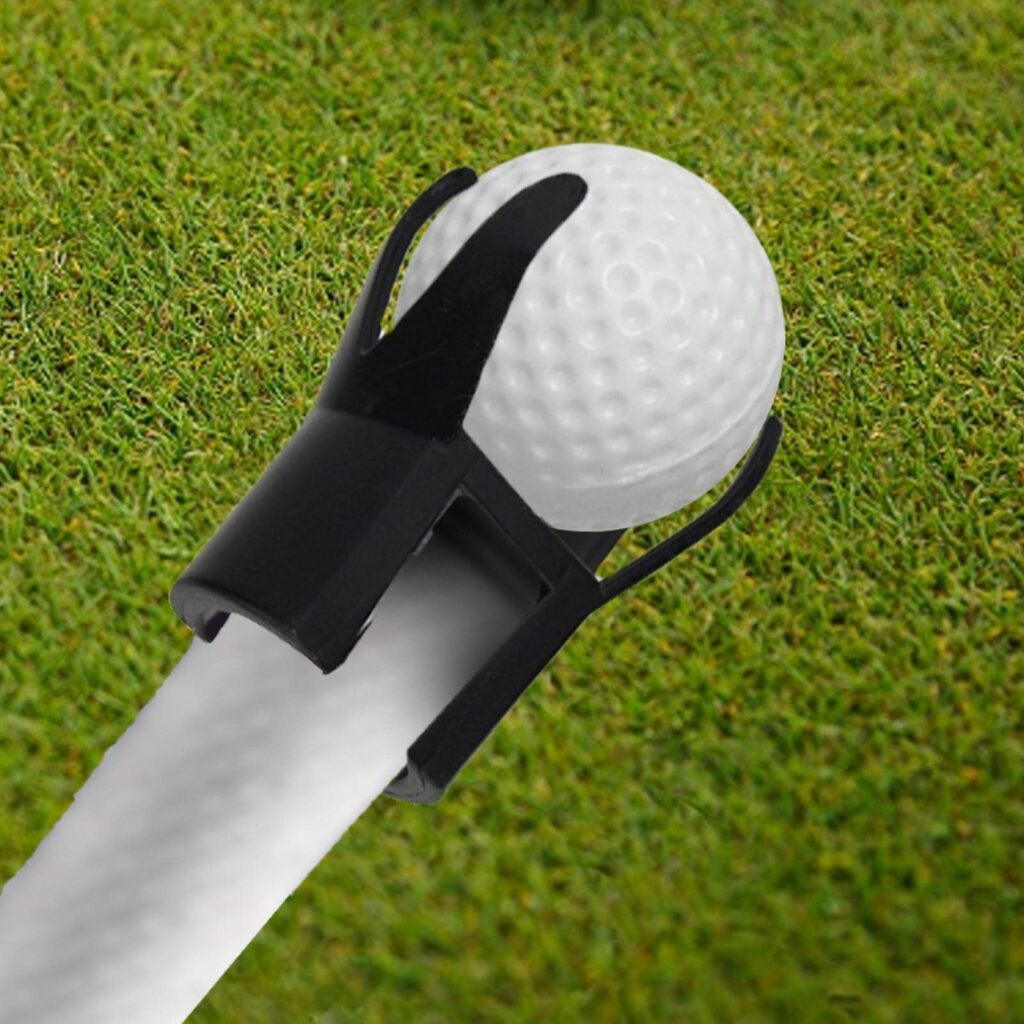
GPS and Tracking Technology
GPS and tracking technology are becoming increasingly integrated into golf equipment, including ball retrievers.
Some retrievers now come equipped with GPS trackers that can help locate lost balls more accurately.
This technology reduces the time spent searching for balls and increases the overall efficiency of the retrieval process.
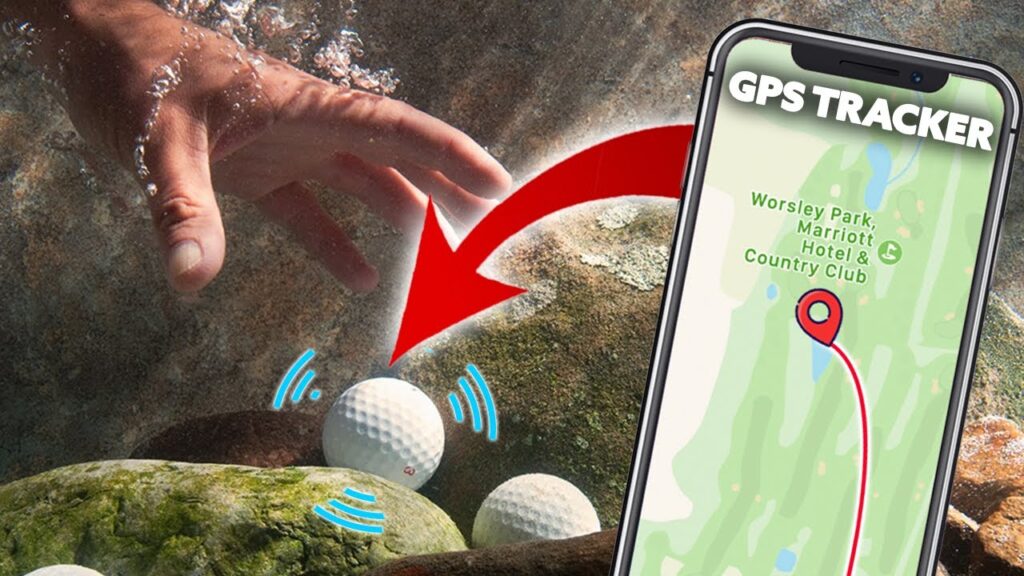
Smart Golf Balls
Smart golf balls, equipped with embedded tracking chips, represent the future of golf ball retrieval.
These balls can be tracked using a smartphone app, allowing golfers to quickly locate and retrieve them.
While still relatively new, smart golf balls have the potential to revolutionize the way golfers manage lost balls on the course.
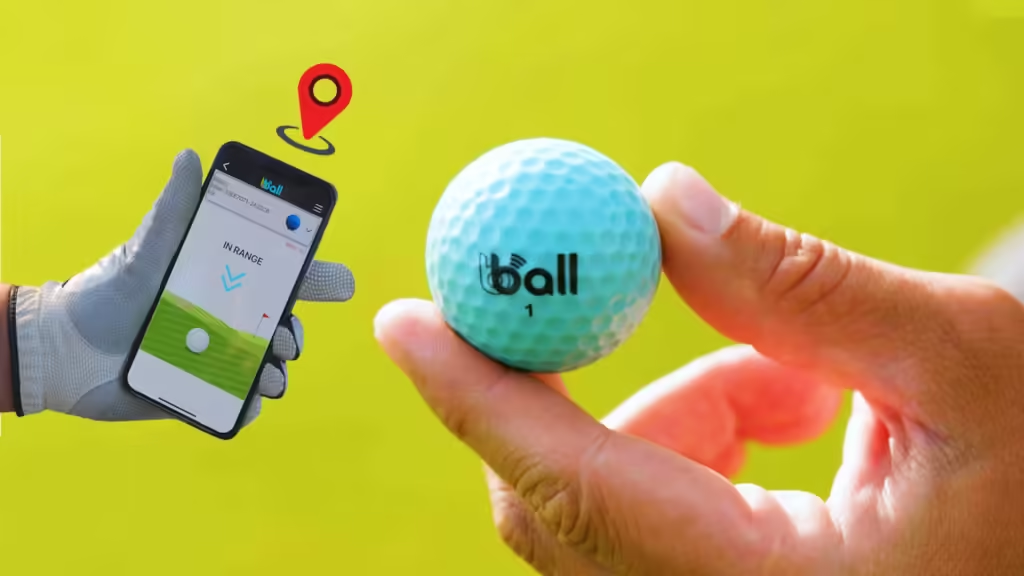
Personal Stories and Experiences
Professional Golfers on Ball Retrieval
Professional golfers often have unique insights and experiences when it comes to retrieving golf balls.
Many pros have developed their own techniques and strategies for efficiently retrieving balls during practice rounds and tournaments.
These personal stories can provide valuable tips and inspiration for amateur golfers looking to improve their retrieval skills.
Anecdotes from Amateur Golfers
Amateur golfers also have plenty of stories to share about their experiences with golf ball retrievers.
From memorable finds to creative retrieval methods, these anecdotes highlight the diverse ways golfers approach ball retrieval.
Sharing these stories fosters a sense of community and camaraderie among golfers.
Overcoming Challenges
Golf ball retrieval can sometimes present unexpected challenges, such as retrieving balls from difficult or hazardous locations.
Stories of people overcoming these challenges can be both entertaining and educational.
Learning from others’ experiences can help golfers develop better strategies and stay safe while retrieving balls.
The Future of Golf Ball Retrieval
Innovations on the Horizon
The future of golf ball retrieval is likely to see continued innovation and technological advancements.
From improved retriever designs to enhanced tracking technology, these developments will make the retrieval process more efficient and enjoyable for golfers.
Staying informed about these innovations can help golfers stay ahead of the curve.
Environmental and Sustainability Trends
As environmental awareness grows, the golf industry will continue to prioritize sustainability.
Future trends in golf ball retrieval will likely focus on eco-friendly practices, such as biodegradable golf balls and increased recycling efforts.
Golfers can play a role in supporting these trends by adopting sustainable habits and advocating for greener practices within the sport.
The Role of Golf Communities
Golf communities, including clubs, associations, and online forums, play a crucial role in shaping the future of golf ball retrieval.
By sharing knowledge, experiences, and best practices, these communities can drive positive change and innovation in the sport.
Active participation in golf communities helps golfers stay informed and connected.
Conclusion
Golf ball retrievers are invaluable tools that enhance the golfing experience by saving time, money, and effort.
Choosing the right retriever, mastering proper techniques, and adopting strategic practices can significantly improve retrieval efficiency.
Moreover, respecting the course, considering environmental impact, and staying informed about technological advancements contribute to a more enjoyable and sustainable golfing experience.
As the world of golf continues to evolve, golfers who embrace these tips and practices will find themselves better equipped to handle the challenges and opportunities that come their way.
Whether you’re a seasoned pro or a casual player, making the most of your golf ball retriever can elevate your game and deepen your appreciation for the sport.
